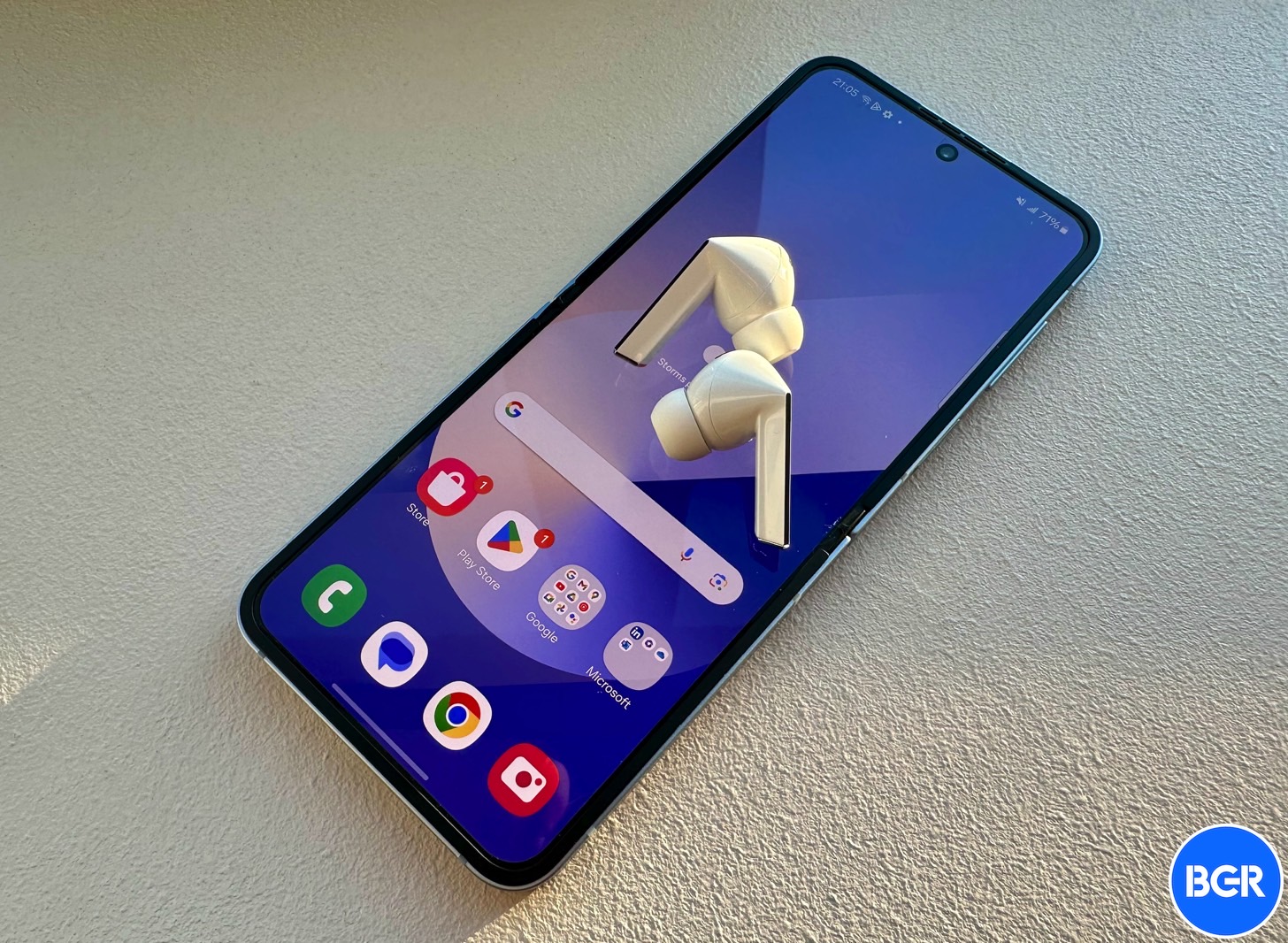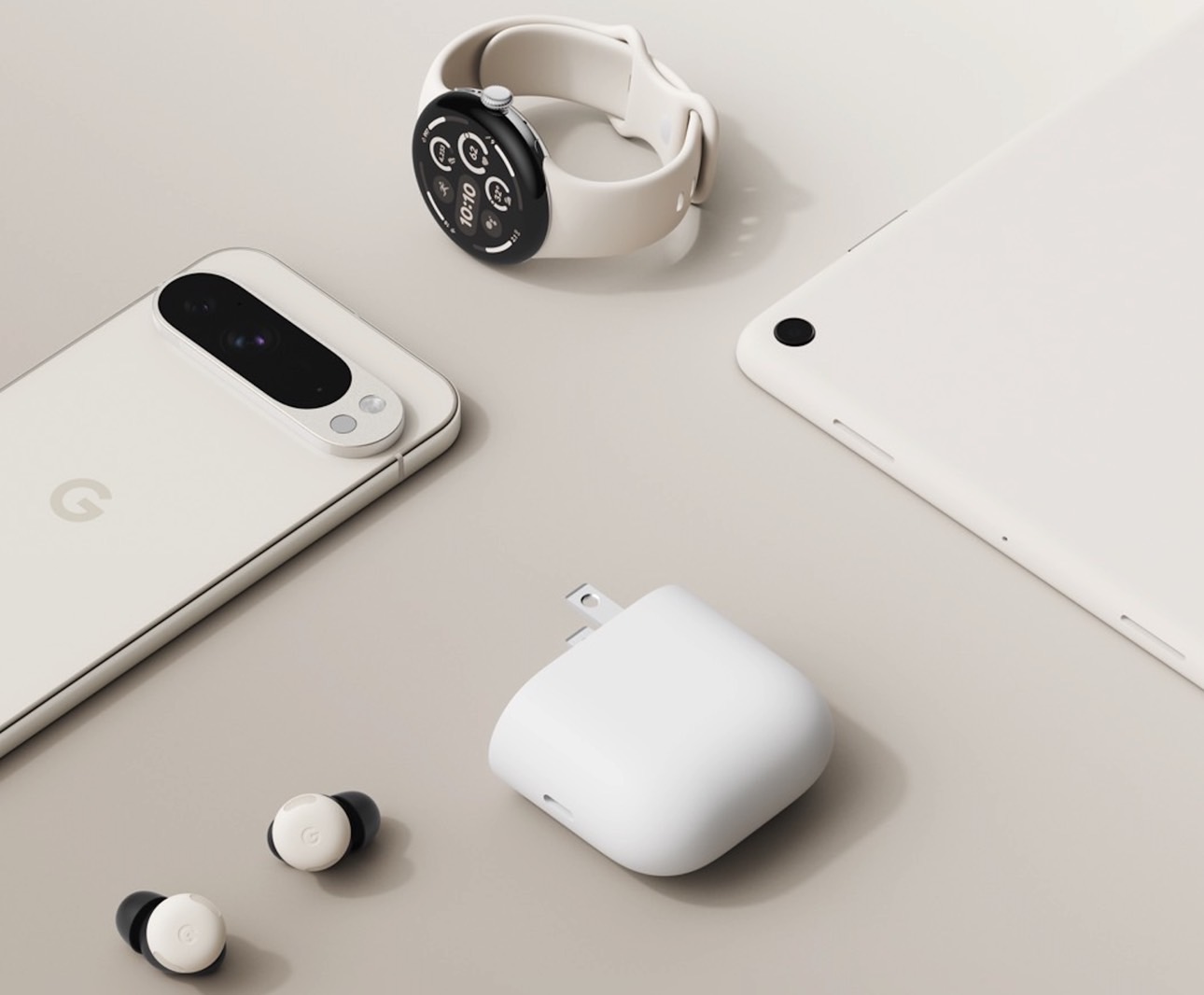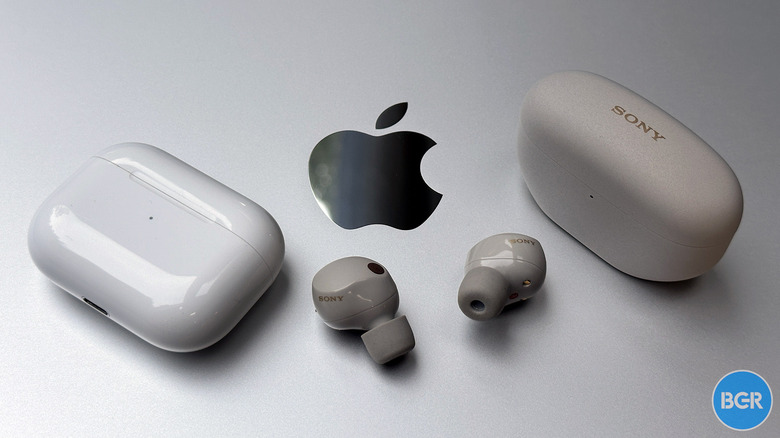What If Your AirPods Could Log You Into All Of Your Apps?
When Apple launched the first-gen AirPods after removing the 3.5mm headphone jack from the iPhone, it revolutionized the industry. Most smartphone vendors now sell their own premium wireless earbuds as a result. There are many options across a wide range of price points, from high-end Pro models to entry-level devices that do the bare minimum.
Most people you see outside wear wireless earbuds rather than wired versions or actual headphones. Device makers also continue to develop exciting new features for wireless earphones, including health and AI functionality.
But one thing your AirPods can't do is provide passive, continuous authentication for devices and apps. At least not yet. Apple isn't necessarily building such capabilities into its AirPods, but researchers are studying ways to turn wearables into authenticators.
Ear canals might turn out to be even safer for authentication purposes than fingerprints. Headphonesty says studies already show that earphones might be more effective for identification purposes. It's not just the ear canal. The shape and size of the ear will also influence how sound moves to the internal ear, where it's processed.

The report highlights several technologies for turning earbuds like the AirPods into authenticators.
One of them is called Acoustic Echo Analysis (EarEcho). It plays a sound through the earbud speakers and then analyzes the echoes with the earphone's microphone(s). The resulting mathematical model becomes an acoustic fingerprint of how sound changes in the ear canal.
Subject-Aware Vocal Activity Sensing (EarSAVAS) is an idea that combines audio data from feed-forward and feedback microphones with motion data. The tech aims to identify the user's voice and mouth movements for a multi-modal authentication concept.
Then there's In-Ear Acoustic Fingerprinting, a technique that analyzes the sound properties of the entire ear, not just the ear canal. Like EarEcho, the result is an acoustic fingerprint, but it's based on the whole anatomy of the ear.
The report also mentions a recent patent from Microsoft. The company has been looking at ultrasonic sensing that helps determine whether the user is wearing earbuds in the proximity of a computer. This could help with continuous, passive, authentication.
As someone who has been dreaming about having Face ID authentication on the Mac so app logins and Mac logins happen automatically, I'd love it if my AirPods or products from Apple's competitors could double as secure authenticators.
Imagine putting on the earphones and having them act as authenticators for all your needs.
There are problems with this brilliant approach, however. First, there's the battery concern. You'd have to wear the earphones for a longer time just to authenticate into apps and services, which will consume energy. And all earbuds out there are almost impossible to service when the battery health degrades. You'll have to replace your AirPods rather than swapping out the battery.
Say the battery is not a problem; the earphone authentication system must work flawlessly. It must account for movements, music playback, and background noise. Also, it would have to adapt to potential anatomical changes in the ear. Wax, medical conditions, and body weight fluctuations might impact the ear and the authentication process.
Moreover, I wouldn't want the earphones to surprise me with strange sounds while wearing them. Regardless of whether I listen to music, I wouldn't want to hear any beeps the earphones would play to analyze how sounds travel in my ear. I'd assume algorithms would be developed so the authentication occurs when I place the earphones in the ear or while listening to music.

I'll point out one interesting thing that Google revealed during a virtual media briefing I attended ahead of the Pixel Buds Pro 2 launch. Over the years, Google scanned over 45 million ears to improve the Buds' design, comfort, and audio capabilities.
That sort of effort might also help companies like Google eventually turn future Pixel Buds variants into authenticators, especially with AI ready to help with the required algorithms.
At this point, all of this is speculation. There's no indication that any of the big tech companies are developing such technology, but I certainly expect Apple, Google, Samsung, Microsoft, and others to be paying attention to these developments.
